Architectural Wonders of Vicenza Unveiled
Join us for a captivating free walking tour that celebrates architecture in Vicenza, exploring its rich heritage and stunning landmarks in just two hours.
Time
2 Hours
Stops
6 Places
Distance
1.3 km
Basilica Palladiana
Begin your architectural exploration at the Basilica Palladiana, a masterpiece of Renaissance architecture designed by Andrea Palladio, symbolizing Vicenza's rich history.
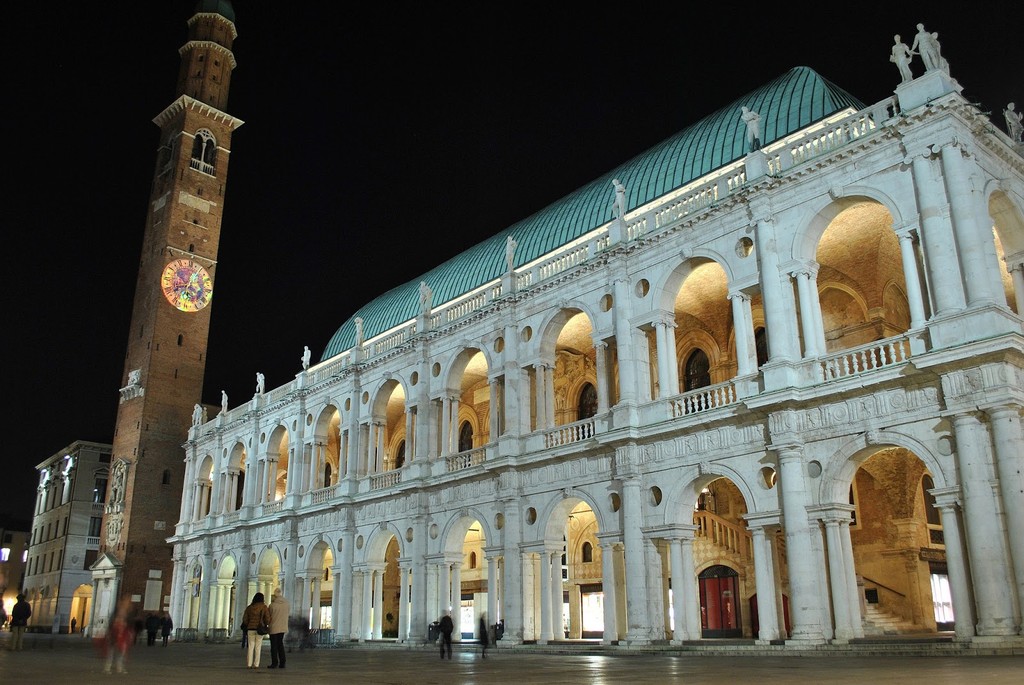
Basilica Palladiana (Source: Google Maps)
The Basilica Palladiana is a hallmark of Renaissance architecture, designed by the renowned architect Andrea Palladio in the 16th century. This iconic structure stands out with its grand façade adorned with elegant loggias and a distinctive roofline. Originally built as a merchant's hall, it has served various functions over the centuries, including a venue for public gatherings and exhibitions. The use of local materials, combined with Palladio's innovative design principles, reflects the architectural advancements of the time. The Basilica is not only a symbol of Vicenza's rich history but also a UNESCO World Heritage site, representing the pinnacle of Palladian architecture. Its captivating beauty and historical significance draw visitors from around the globe, making it a must-see landmark in the city.
Palazzo Barbaran da Porto
Start the second hour at Palazzo Barbaran da Porto, a grand Palladian palace that currently serves as the Palladio Museum, offering insights into the architect's life and works.
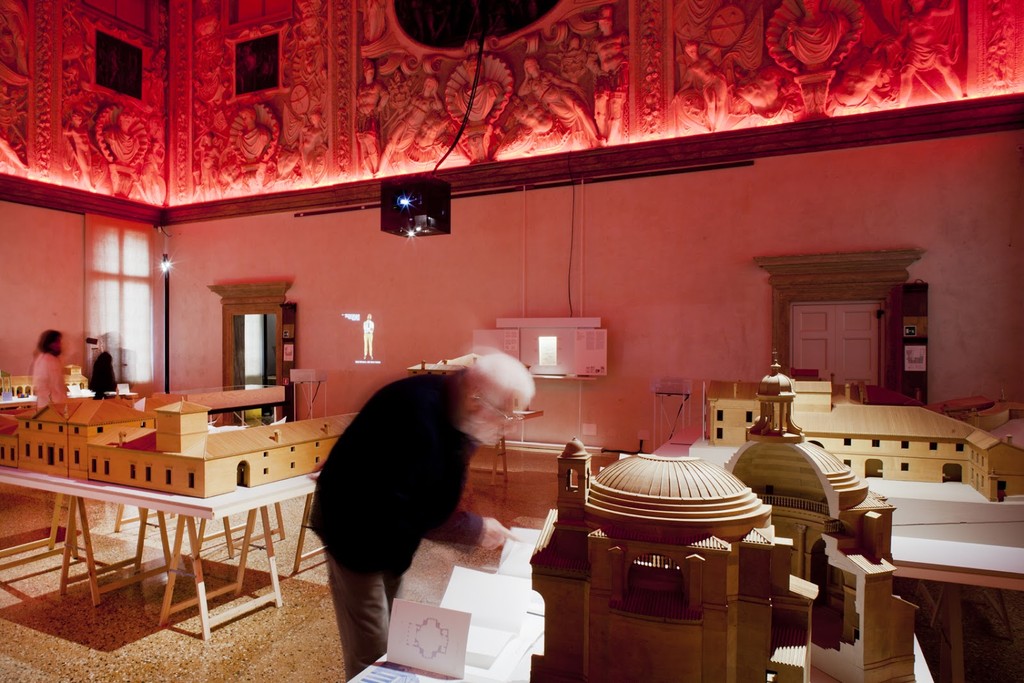
Palazzo Barbaran da Porto (Source: Google Maps)
Palazzo Barbaran da Porto, designed by Andrea Palladio, is a stunning example of Palladian architecture, showcasing the grandeur and elegance of the Renaissance era. Constructed in the late 16th century, this palace features a harmonious blend of classical elements, including a striking façade with ornate decorations and spacious interiors. Today, it houses the Palladio Museum, dedicated to the life and works of Palladio, providing visitors with insightful exhibitions and a deeper understanding of his architectural philosophy. The palace's rich history is intertwined with the cultural development of Vicenza, and its exquisite design continues to inspire architects and art enthusiasts alike. As a UNESCO World Heritage site, Palazzo Barbaran da Porto stands as a testament to the timeless beauty of Renaissance architecture and the enduring legacy of its creator.
Palazzo Thiene
Continue to Palazzo Thiene, a UNESCO World Heritage Site, reflecting the transition from Gothic to Renaissance architecture and providing a deeper understanding of Palladio's influence.
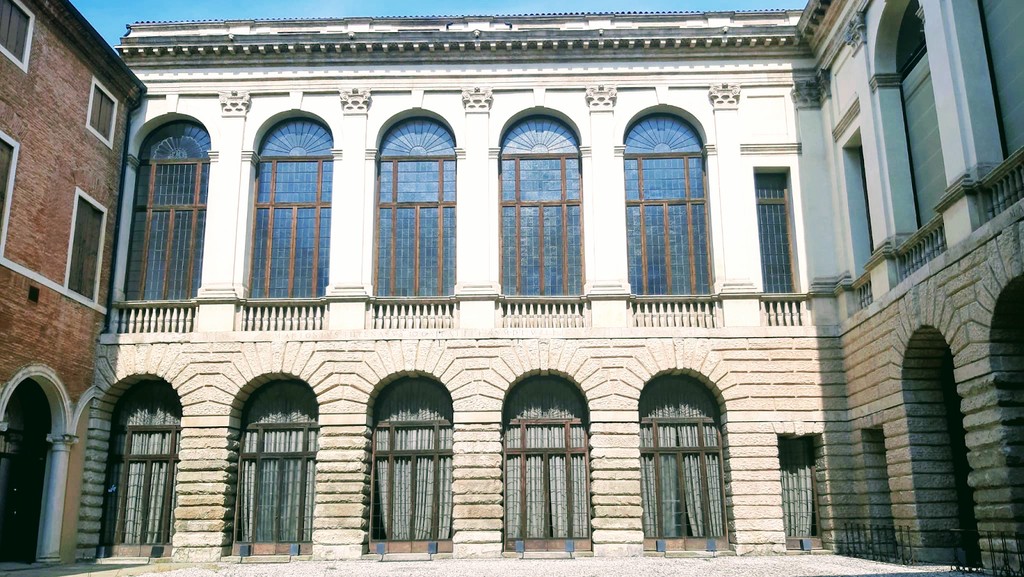
Palazzo Thiene (Source: Google Maps)
Palazzo Thiene is a remarkable architectural gem that showcases the evolution from Gothic to Renaissance styles, reflecting the innovative spirit of Andrea Palladio. Built in the 16th century, this UNESCO World Heritage site is characterized by its grand façade, featuring intricate details and harmonious proportions. The palace was originally commissioned by the Thiene family, who played a significant role in the cultural and political life of Vicenza. Its design highlights Palladio's mastery of space and light, with elegantly arranged rooms that served both residential and ceremonial purposes. Over the years, Palazzo Thiene has undergone various restorations, preserving its historical integrity while adapting to modern uses. Today, it stands as a symbol of Vicenza's architectural heritage, attracting visitors who appreciate its historical significance and artistic beauty.
Palazzo Chiericati
Just a short walk away, discover the Palazzo Chiericati, another Palladian creation, which now houses the city's art museum and stands as an exemplary model of Renaissance palatial architecture.
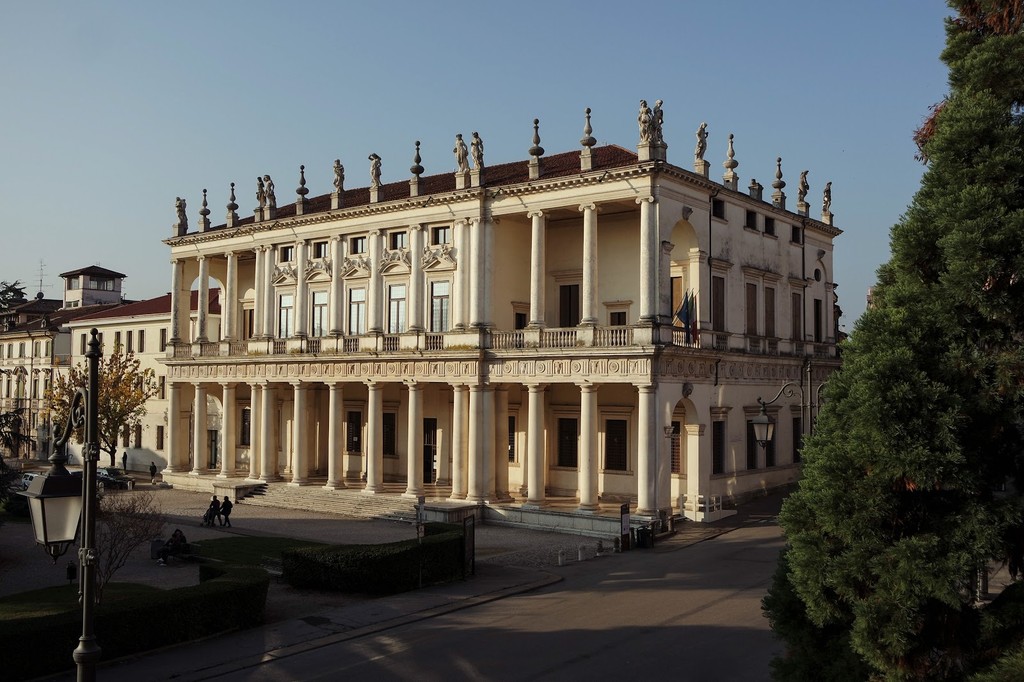
Palazzo Chiericati (Source: Google Maps)
Palazzo Chiericati is an exemplary model of Renaissance palatial architecture, also designed by the illustrious Andrea Palladio. Completed in the 17th century, this magnificent building is distinguished by its elegant façade, featuring a series of grand arches and a striking portico. Initially constructed as a residence for the Chiericati family, the palace now serves as the city's art museum, housing an impressive collection of artworks and historical artifacts. The interior spaces reflect Palladio's architectural principles, emphasizing symmetry, proportion, and the interplay of light and shadow. Palazzo Chiericati is not only a testament to the architectural prowess of its designer but also a vital part of Vicenza's cultural landscape, offering visitors a glimpse into the city's rich artistic heritage. As a UNESCO World Heritage site, it continues to inspire admiration and appreciation for Renaissance architecture.
Teatro Olimpico
Conclude the first hour at the Teatro Olimpico, the oldest surviving indoor theater in the world, showcasing Palladio's architectural genius with its classical design.
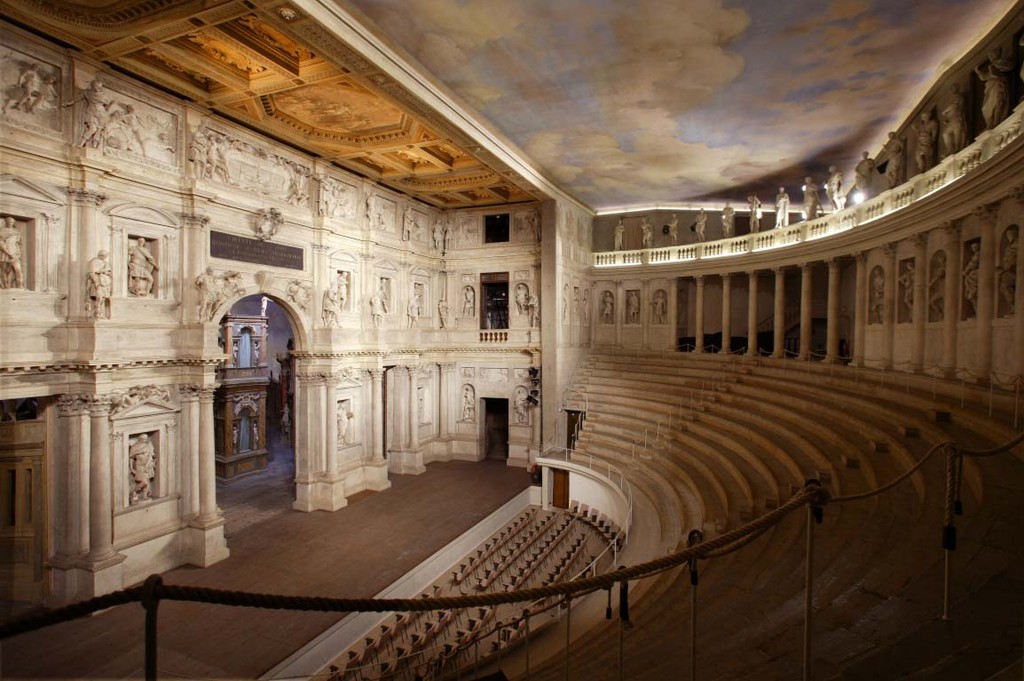
Teatro Olimpico (Source: Google Maps)
Teatro Olimpico is renowned as the oldest surviving indoor theater in the world, showcasing the architectural brilliance of Andrea Palladio. Inaugurated in 1585, this remarkable theater is a masterpiece of classical design, featuring a magnificent stage and an intricately decorated interior. The theater's layout is inspired by ancient Roman models, with a semi-circular seating arrangement that enhances acoustics and visibility for the audience. Palladio's innovative use of perspective in the stage design creates an illusion of depth, transporting viewers to faraway places and times. The Teatro Olimpico has hosted numerous performances over the centuries, maintaining its cultural significance in the heart of Vicenza. Its historical and architectural importance has earned it a place on UNESCO's World Heritage list, making it a must-visit landmark for those interested in the performing arts and Renaissance architecture.
Caffè Garibaldi
End your tour with a relaxing break at Caffè Garibaldi, located near Piazza dei Signori, where you can savor a coffee and reflect on the architectural wonders you've explored.
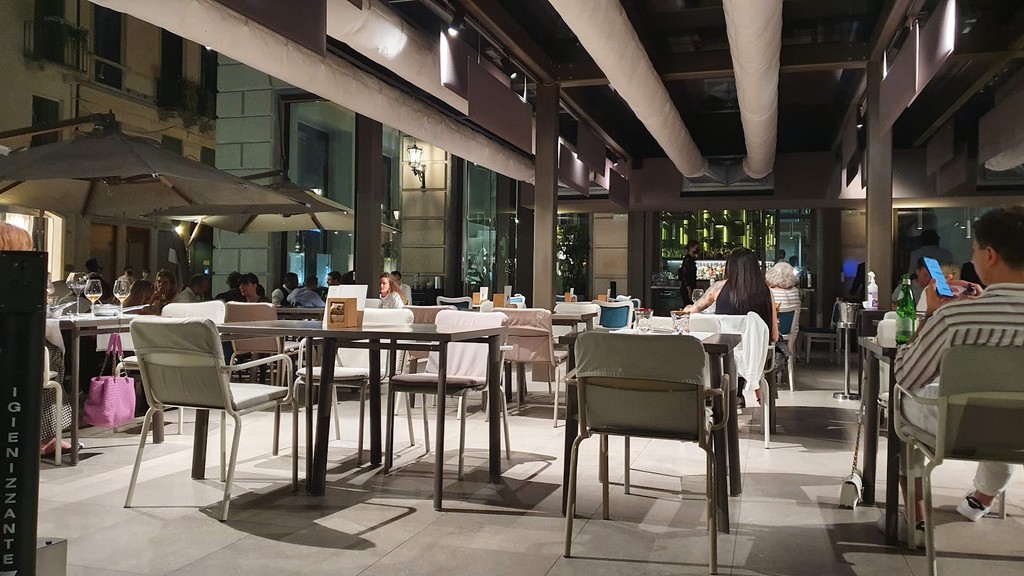
Caffè Garibaldi (Source: Google Maps)

Your travels, your rules.
Create your own Free Walking Tours.
Set your preferences, distances and anything you want to do or see.
Completely free, no payment required.